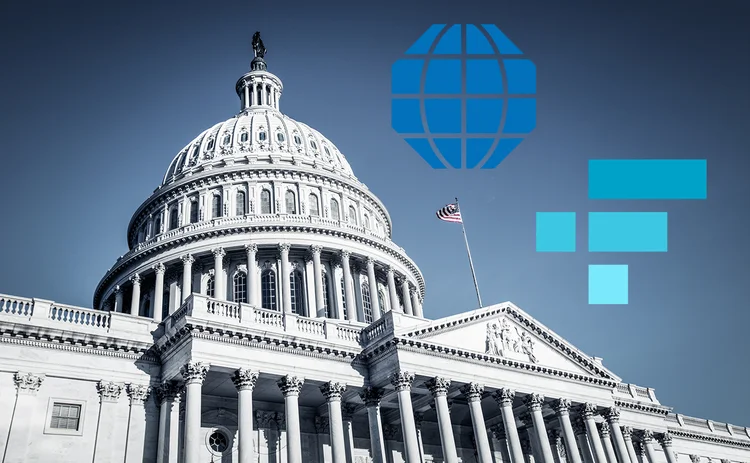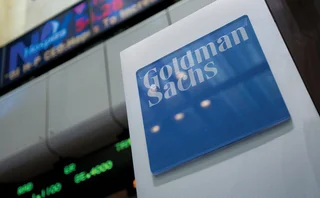
CME chief’s arguments at FTX hearing raise eyebrows
Terry Duffy’s criticism of exchange’s direct clearing proposal revives debate over ‘skin in the game’

CME chief executive Terry Duffy’s claims that cryptocurrency exchange FTX has set aside insufficient financial resources to back its proposed direct clearing model for crypto derivatives – made at a US congressional hearing on May 12 – are raising eyebrows in the industry.
FTX’s proposed direct clearing service would see customers post margin directly to the exchange without going through a futures commission merchant (FCM). FTX plans to backstop its clearing house with $250 million of
Only users who have a paid subscription or are part of a corporate subscription are able to print or copy content.
To access these options, along with all other subscription benefits, please contact info@risk.net or view our subscription options here: http://subscriptions.risk.net/subscribe
You are currently unable to print this content. Please contact info@risk.net to find out more.
You are currently unable to copy this content. Please contact info@risk.net to find out more.
Copyright Infopro Digital Limited. All rights reserved.
As outlined in our terms and conditions, https://www.infopro-digital.com/terms-and-conditions/subscriptions/ (point 2.4), printing is limited to a single copy.
If you would like to purchase additional rights please email info@risk.net
Copyright Infopro Digital Limited. All rights reserved.
You may share this content using our article tools. As outlined in our terms and conditions, https://www.infopro-digital.com/terms-and-conditions/subscriptions/ (clause 2.4), an Authorised User may only make one copy of the materials for their own personal use. You must also comply with the restrictions in clause 2.5.
If you would like to purchase additional rights please email info@risk.net
More on Markets
Europe’s Ucits funds: Made in the USA
Counterparty Radar: EU retail funds market is a prime example of Trump’s miscalculation on trade
Goldman Sachs doubled FX trading revenues in 2024
Bumper Q4 powers bank to head of US dealer pack by foreign exchange revenue
The Term €STR transition: challenges and market readiness
The progress, challenges and factors shaping the adoption of Term €STR as financial institutions transition from Euribor
Pimco’s $19 billion Sonia swaptions trade
Counterparty Radar: Bond giant springs up as largest player in space among US mutual fund managers, with Guggenheim shadowing its move
HK warrant issuers optimistic on listing cost cuts
Inclusion of listing reform in second budget speech raises hopes for action on ‘expensive’ fees
Asia’s bond investors hesitant to buy US dip, say dealers
Insurers and pension funds have been slower to step in than usual during sell-off
Trump tariffs sent FX options traders on a wild ride
As US assets sold off, dealers found themselves on the front lines of a hedging scramble
Vanguard is new kid on the CDS options block
Counterparty Radar: Passive behemoth held a quarter of reported notional among US retail funds in Q4 2024







